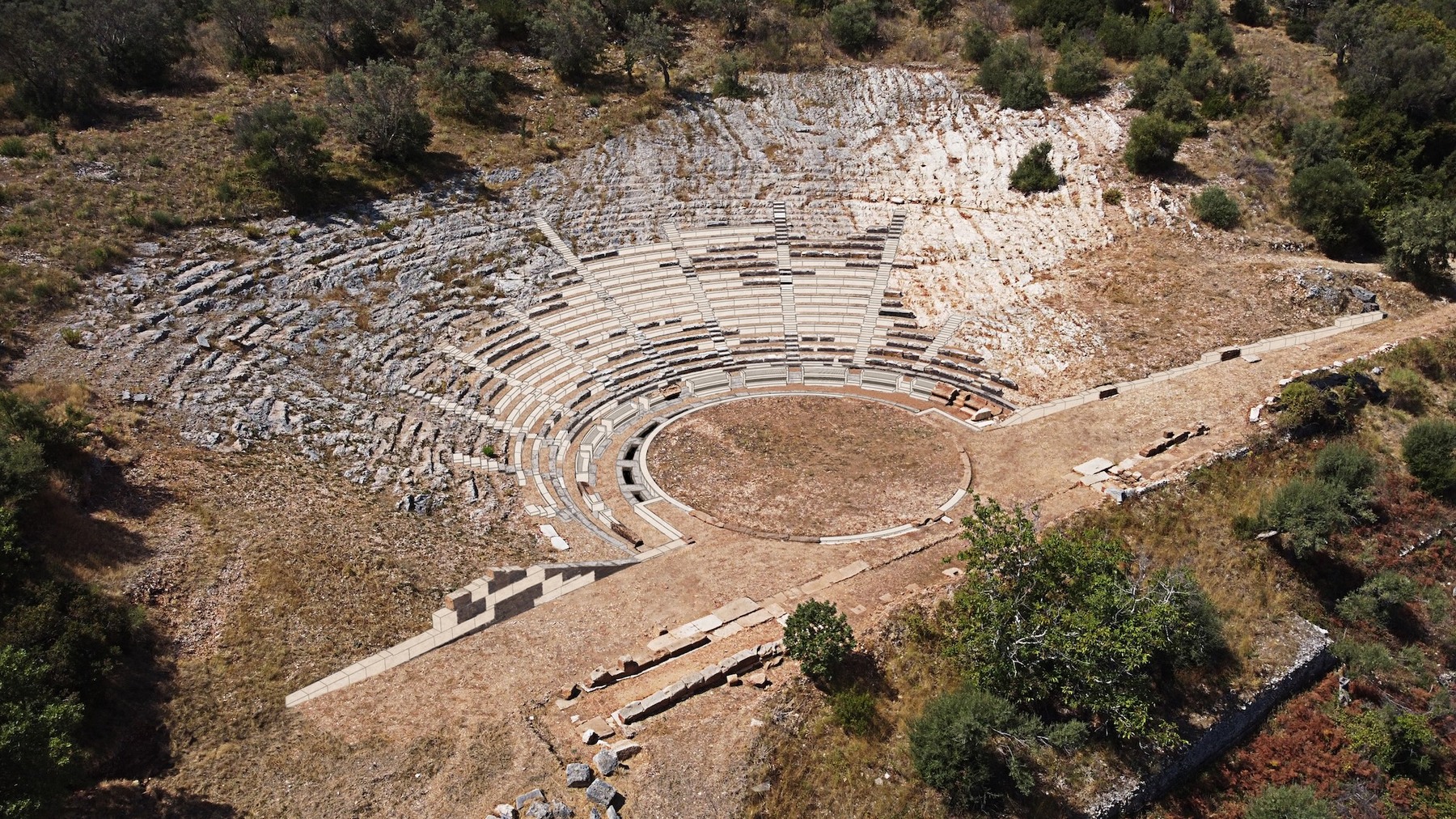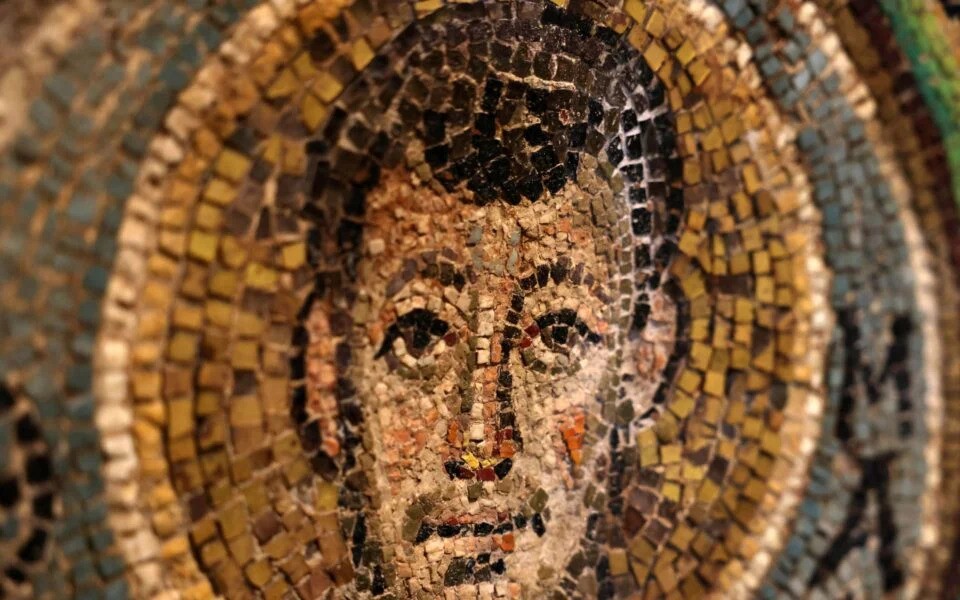Minoan Palace of Phaestus to get new protection shelters, become accessible to disabled
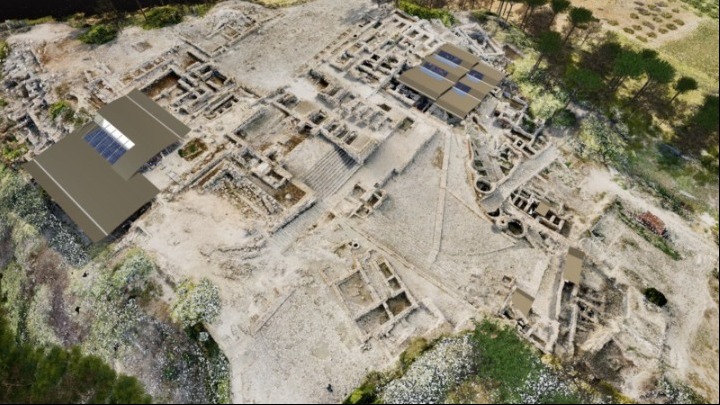
Improvements in the archaeological site of Phaestus (Phaistos) on Crete will protect the architectural remains from the weather and allow better access to people with disabilities, the Ministry of Culture said on Wednesday.
According to a statement, the projects are fully funded by the Regional Business Program ‘Crete’-NSRF 2021-2027.
The Central Archaeological Council approved among others the reports on stabilizing and restoring ancient remains at the site south of Heraklion, replacing the shelters of exposed architectural parts that were built in the ’60s, and supporting the slopes of the Minoan Palace, particularly against flooding.
As Culture Minister Lina Mendoni said, “The Minoan Palace of Phaestus, the second most important palace complex on Crete, is a major archaeological site of high tourist attraction, which is included in the candidacy folder Greece has submitted for a serial registration of Minoan palaces on UNESCO’s World Heritage List of monuments in 2025.”
The new shelters relate to those of the Royal Apartments and a section of the Old Palace, while three smaller shelters cover the extant wall slip and the western bastion.
Mendoni said the program to improve accessibility for people with disabilities is already being run by the ministry through the ‘Crete’ 2021-10127 program, and is budgeted at 2.5 million euros.
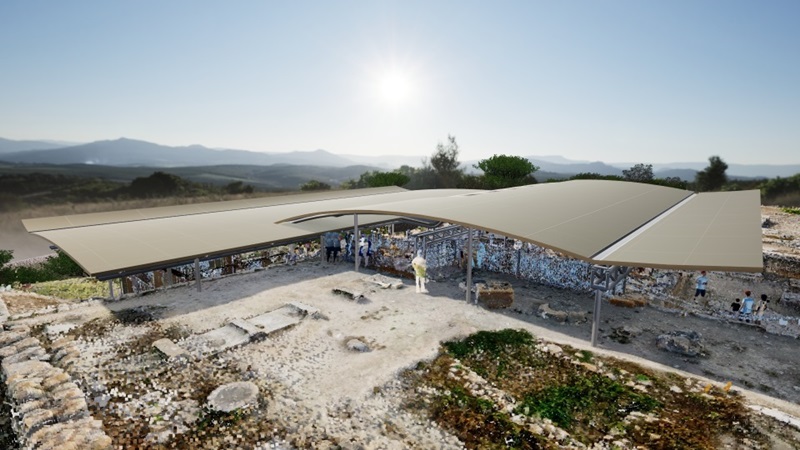
Site history
The hill the palace is built on was inhabited continuously from the 4th millennium to the 2nd century BC. The Old Palace was built between on the hill between 1900 and 1700 BC. By the end of the Old Palatial period, it had a surface of nearly 9,000 square meters. It was twice destroyed by earthquakes and rebuilt, and the remains of three successive building phases are well preserved and visible in the southwestern section under the shelter (walls up to 6 m meters high).
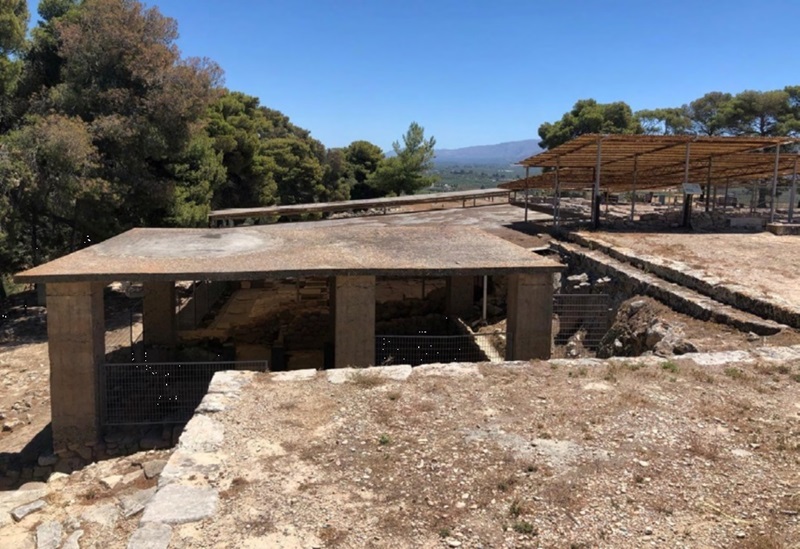
The New Palace was built at a higher elevation, following its predecessor’s complete destruction around 1700 BC. The new one was inhabited continuously until the middle of the 15th century BC, when it was completely destroyed. The city around it continued to be inhabited, flourishing in Geometric years (810-700 BC) and in the Hellenistic era (323-67 BC). Around 150 BC, the city of Phaestus itself was completely destroyed.
Excavations began in 1900 by Italian archaeologists Federico Halbherr and Luigi Pernier, the latter of whom discovered the Phaestus disc. Excavations on the New Palace were completed by 1909, and work at the site continued occasionally until it fully resumed in 1950 by Doro Levi, who also excavated the Old Palace before wrapping up the excavations in 1971.
Source: AMNA

